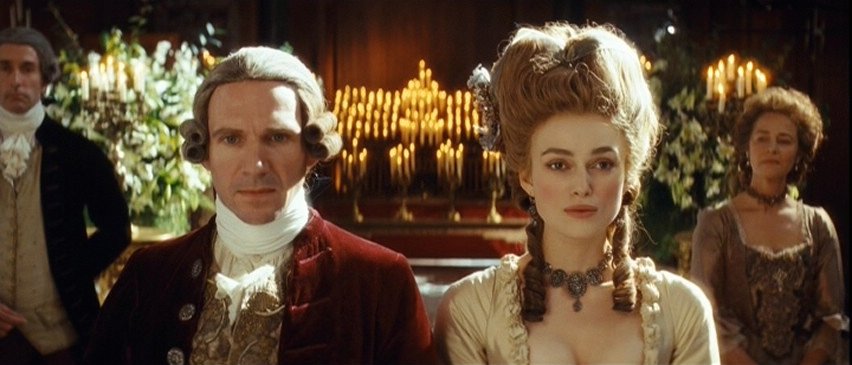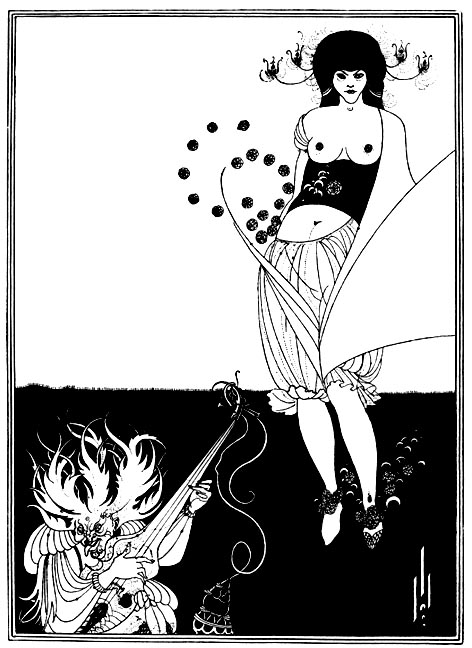My next post is going to be about the second film we watched in class. The film it is called "The Duchess" and its about the few or even non-existent women's rights in any decision during that period.
The film dramatizes the way Georgiana, the main protagonist, has to marry a cold and much older man than her just because he is the Duke of Devonshire. When they married she became the Duchess, but the only purpose for this is Duke wanted to have a male child. He didn´t wanted anything else, he is a person unable to show love, sympathy or affection to other people. Although the dark personality of her Husband, Georgiana is able to become a fashion icon, a loving mother, a skillful political speaker and a darling reference to common people. But at the same time she has to face a husband who only wishes a male child and nothing more, an adopted small child from one of his husband´s waitress, her best friend becoming his husband´s second wife, being raped for only giving birth female children, not be able to love the man of her dreams, not having any kind of support from her own mother, etc. In the end she stays with her children, her husband and her best friend until she dies.
Women were forced to marry men for economic or social interests, it didn´t matter if they loved each other or if they hadn´t met before. The most important thing at that time was the appearance. It didn´t matter to be honest, you just need to appear like it. The clothes were also a very important part together with the manners, the reason for this is obvious. Any person was the things most people thought about him/her, although if those things are lies, and according to that people would judge anyone in the society in what we could call a general opinion. Here I shall mention the common sentence “Caesar's wife must not only be honest but appear”. In this period women had little choices to because most hard decisions were already made by others and they could just obey.
Sources:
http://movies.nytimes.com/2008/09/19/movies/19duch.html
http://www.perioddramas.com/articles/the-duchess.php












